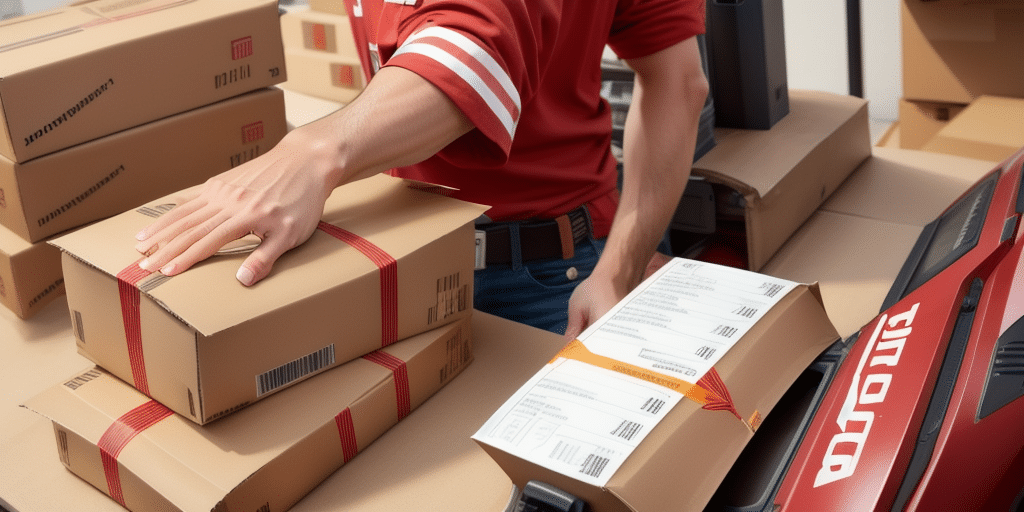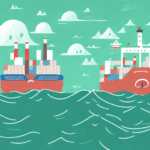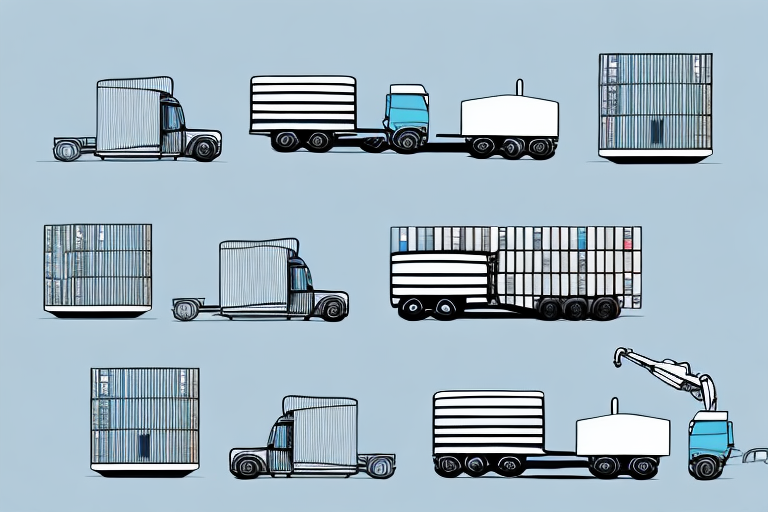Understanding the Cost of Postal Insurance
When shipping your products or personal items, selecting the appropriate transportation method is crucial. Equally important is choosing the right insurance coverage to protect your shipment. Postal insurance has become a reliable method for safeguarding packages during transit. This article explores the significance, benefits, and the factors that influence the cost of postal insurance, along with strategies to reduce postal insurance premiums.
The Importance of Postal Insurance
Financial Protection
Shipping packages involves inherent risks such as loss, theft, or damage. According to the United States Postal Service (USPS), thousands of packages are misplaced or damaged each year. Postal insurance ensures that you receive compensation based on the declared value of your shipment, mitigating significant financial losses.
Peace of Mind
Knowing that your package is insured reduces the stress associated with shipping valuable or fragile items. This assurance allows both senders and recipients to feel secure, knowing that there is a safety net in place should any issues arise during transit.
Meeting Carrier Requirements
Some shipping carriers mandate insurance for certain types of packages, especially international shipments. For instance, when sending items overseas, countries may require proof of insurance to comply with customs regulations. Having postal insurance ensures that your shipment adheres to these requirements, facilitating smooth delivery processes.
Protection Offered by Postal Insurance
Coverage Against Loss, Theft, and Damage
Postal insurance typically covers various risks, including loss, theft, and damage during transit. The coverage amount corresponds to the declared value of the shipment. For example, if a package valued at $500 is lost, the insurance would compensate up to that amount, subject to the carrier's policies.
Exclusions and Limitations
It's important to note that not all items are eligible for postal insurance. Perishable goods, hazardous materials, and live animals are commonly excluded. Additionally, there are limits on the maximum value that can be insured, which varies by carrier. Reviewing the specific exclusions of your chosen carrier is essential to ensure adequate coverage.
Factors Influencing the Cost of Postal Insurance
Declared Value
The declared value of your shipment is the primary factor determining the cost of postal insurance. Higher valued items incur higher insurance premiums. For instance, insuring a package worth $1,000 will cost more than insuring one worth $100.
Shipping Method and Speed
The mode of transportation affects insurance costs. Air shipments are generally more expensive to insure compared to ground shipments due to faster transit times and higher handling risks. Additionally, expedited shipping options may increase the insurance premium.
Destination
International shipments often have higher insurance costs due to increased risks and longer transit distances. Factors such as customs regulations and potential for longer delays contribute to the overall cost. For example, shipping to regions with unstable political climates may result in higher insurance premiums.
Type of Item
The nature of the items being shipped also impacts insurance costs. High-value or fragile items like electronics, jewelry, or antiques typically require additional insurance coverage. These items not only have higher declared values but also present greater risks during transit.
Calculating the Cost of Postal Insurance
Determining Declared Value
To calculate insurance costs, start by determining the declared value of your shipment. This should reflect the maximum amount you're willing to be compensated in case of loss or damage. Accurately assessing this value is crucial to ensure adequate coverage without overpaying for insurance.
Utilizing Carrier Tools
Most postal carriers offer online calculators to estimate insurance costs based on declared value, shipping method, and destination. For example, the UPS Insurance Calculator allows users to input shipment details and receive an estimated premium. Utilizing these tools helps in budgeting and selecting the appropriate insurance level.
Selecting the Right Postal Insurance Coverage
Assessing Shipment Value
Evaluate the total value of the items being shipped, including any sentimental worth. High-value items may justify higher insurance coverage to protect against potential losses. For instance, shipping a vintage watch would require careful consideration of insurance options to cover its significant value.
Basic vs. Additional Coverage
Postal carriers typically offer basic insurance and additional coverage options. Basic insurance covers standard shipment values, while additional coverage provides extended protection for high-value items or international shipments. Choosing between these depends on your specific shipping needs and risk tolerance.
Understanding Policy Terms
Before committing to an insurance policy, thoroughly review the terms and conditions. Understanding coverage limits, exclusions, and the claims process ensures that you are fully aware of what is protected and how to address any issues that may arise. This knowledge is crucial in making informed decisions about your insurance coverage.
Comparing Insurance Options Among Postal Carriers
Policy Comparisons
Different carriers offer varying insurance policies with distinct coverage options and limits. Comparing these policies helps identify which carrier best meets your shipping requirements. For example, USPS, FedEx, and UPS each have unique insurance structures that cater to different shipment types and values.
Cost Differences
Insurance premiums can vary significantly between carriers based on their pricing models and coverage specifics. It's essential to compare costs to find the most cost-effective option without compromising on necessary coverage. Utilizing comparison tools and carrier websites facilitates this evaluation process.
Customer Reviews
Reading customer feedback can provide insights into the reliability and efficiency of a carrier's insurance services. Positive reviews may indicate a smooth claims process and responsive customer service, whereas negative reviews could highlight potential challenges in securing compensation.
Filing Claims and Understanding Liability
Claims Process
If your package is lost, stolen, or damaged, filing a claim promptly with your carrier is essential. The process typically involves submitting a claim form along with supporting documentation such as receipts, photos of damage, and proof of shipment. Adhering to the carrier's specific requirements increases the likelihood of a successful claim.
Required Documentation
Accurate and comprehensive documentation is crucial for claim approval. This includes detailed descriptions of the items, their value, shipping receipts, and any evidence supporting the claim, such as photographs of damaged goods. Proper documentation streamlines the claims process and enhances the chances of receiving appropriate compensation.
Liability Without Insurance
Choosing not to obtain postal insurance leaves you fully liable for any loss, theft, or damage that occurs during transit. This can result in significant financial burdens, especially when shipping high-value or irreplaceable items. Without insurance, recovering losses depends solely on the carrier's limited liability policies, which may not cover the full value of your shipment.
Common Misconceptions and Cost-Saving Tips
Misconceptions About Postal Insurance Costs
A prevalent misconception is that postal insurance is prohibitively expensive and only necessary for high-value shipments. In reality, the cost of postal insurance is relatively low and scales with the declared value of the shipment. Basic insurance coverage is affordable and accessible for most shipping needs.
Cost-Saving Strategies
- Accurate Valuation: Declare the accurate value to avoid overpaying for unnecessary coverage.
- Choose Slower Shipping Methods: Opting for ground shipping instead of expedited services can reduce insurance premiums.
- Compare Carriers: Evaluate different carriers to identify those offering competitive insurance rates or promotional deals.
- Bundle Shipping Services: Some carriers offer discounts on insurance when bundling multiple shipping services.
When to Consider Additional Coverage
While basic postal insurance suffices for most shipments, certain situations warrant additional coverage:
- High-Value Items: Items like diamonds, artwork, and electronics often require extended coverage to ensure full protection.
- International Shipments: Shipping abroad exposes packages to higher risks and varied handling procedures, making additional insurance advisable.
- Fragile or Irreplaceable Items: Items that are delicate or hold sentimental value may benefit from extra coverage to secure their safe arrival.
Assessing the value and fragility of your items helps determine the necessity for additional insurance coverage.
Understanding Your Carrier's Insurance Policy
Each postal carrier has distinct insurance policies with specific terms and conditions. It's imperative to thoroughly read and comprehend these policies before selecting insurance coverage. Key aspects to consider include:
- Coverage Limits: Understand the maximum amount covered and ensure it aligns with your shipment's value.
- Exclusions: Identify items or circumstances not covered to avoid unexpected gaps in protection.
- Claims Process: Familiarize yourself with the steps and required documentation for filing a claim.
- Transit Timeframes: Be aware of time limits for filing claims post-shipment.
By fully understanding your carrier's insurance policy, you can make informed decisions and select the most appropriate coverage for your shipping needs.
Conclusion
Obtaining postal insurance is a critical step in safeguarding your shipments against potential losses during transit. The cost of postal insurance is influenced by factors such as declared value, shipping method, destination, and the type of items being shipped. By carefully assessing these factors and selecting the right insurance coverage, you can ensure financial protection and peace of mind. Additionally, implementing cost-saving strategies and fully understanding your carrier's policies can optimize both coverage and expenses, making postal insurance an essential component of your shipping strategy.






















